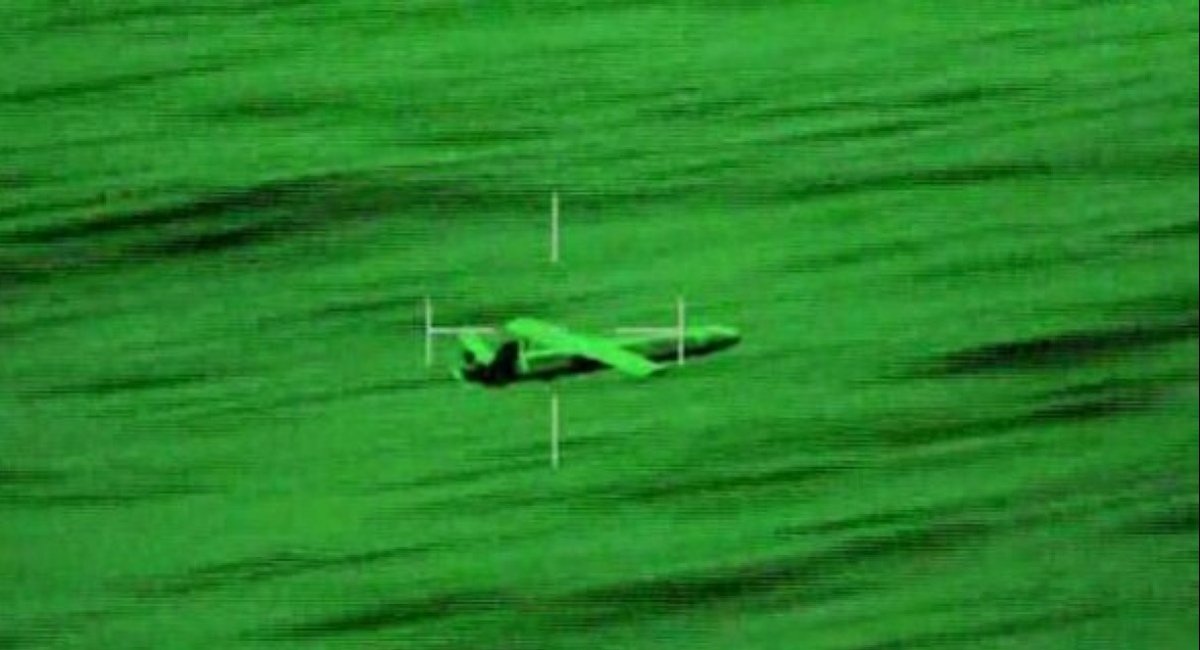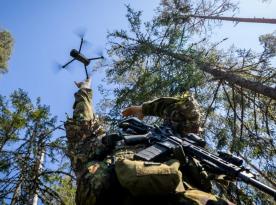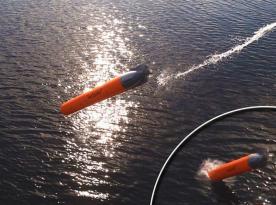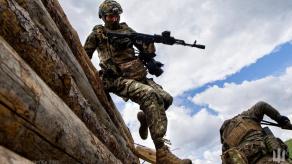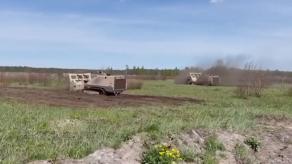There have been at least two times recorded when allied naval forces in the Red Sea used shipborne helicopters to take down various drones launched by Yemen's Houthis which were threatening civilian shipping.
In the first case, on March 20, 2024, a naval helicopter, probably from the French Alsace frigate, shot down a Houthi UAV using a 7.62 mm machine gun installed in the door. In the second known case, a German Navy helicopter destroyed a Houthi kamikaze drone.
Read more: Greece Plans to Sell Block 30 F-16s, Mirage 2000 Fighters: Why It Matters for Ukraine?
Military analysts were excited about these episodes because, in their opinion, these instances showcased the practical feasibility and efficiency of destroying drones worth tens of thousands of dollars without spending expensive and scarce anti-aircraft missiles costing over one million dollars each.
If we go into details, the French military in their case could have used either the AS565 Panther or the more powerful NH90 helicopter. As for the Germans, their ships host Sea Lynx Mk88A anti-submarine helicopters, their main armament is two lightweight anti-submarine torpedoes. But the Sea Lynx can also be equipped with a 12.7mm machine gun.
At first glance, it really looks like helicopters under certain conditions can effectively perform the role of anti-UAV assets, saving expensive anti-aircraft missiles. Moreover, reports from a few months ago indicate a similar format of helicopter application was practiced at training sessions of the U.S. Navy. However, the real answer lies in a few important nuances.
First, in both presented cases, the naval helicopters were operating on the instructions from the crews of their ships. These rotorcraft did not find their targets independently and decided to engage. If we compare to the Ukrainian realities, there are currently no naval carriers for helicopters available to the Ukrainian Defense Forces to start with. Ukraine's helicopters should be able to spot air threats on their own while patrolling areas distant from their home bases. For other occasions, specially tasked mobile firing groups on pickup trucks and patrol boats are already there to intercept them on the spot.
Secondly, in both episodes in the Red Sea, NATO helicopters engaged single enemy drones. It remains open for a dispute just how effective they would be in repelling swarm attacks.
Nonetheless, the fact that Western navies use helicopters with machine guns instead of costly missiles to destroy drones should be noted down as an option that could be refined and put into practice by Ukrainian forces in an unexpected way.

Read more: Czech Republic Delivers New Batch of Mi-24 Helicopters to Ukraine




